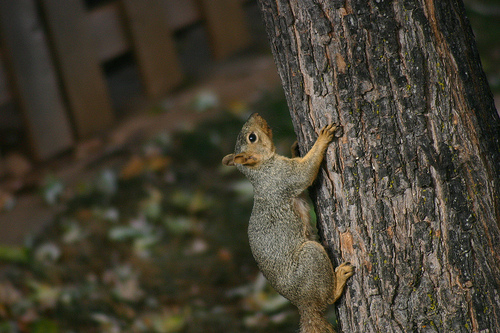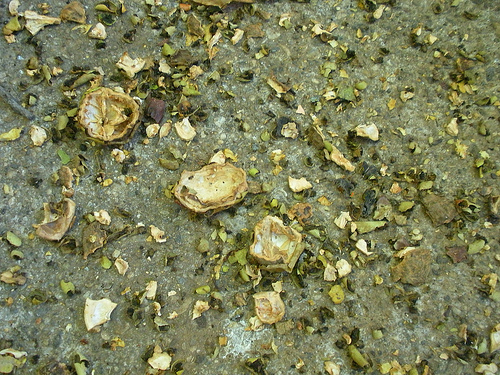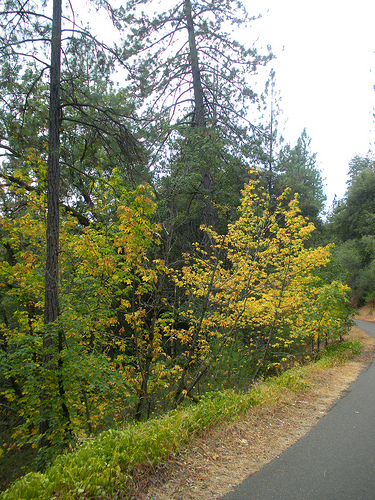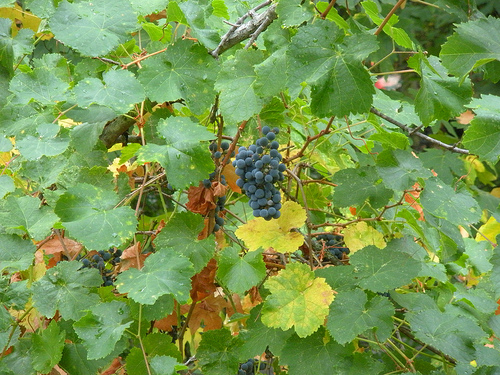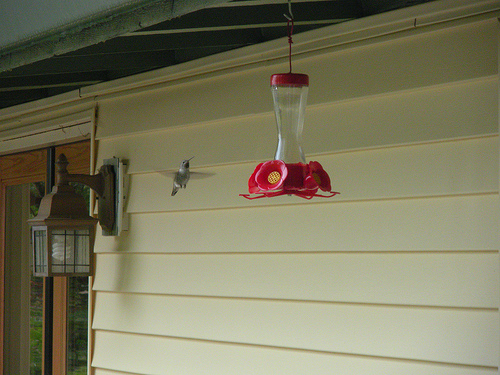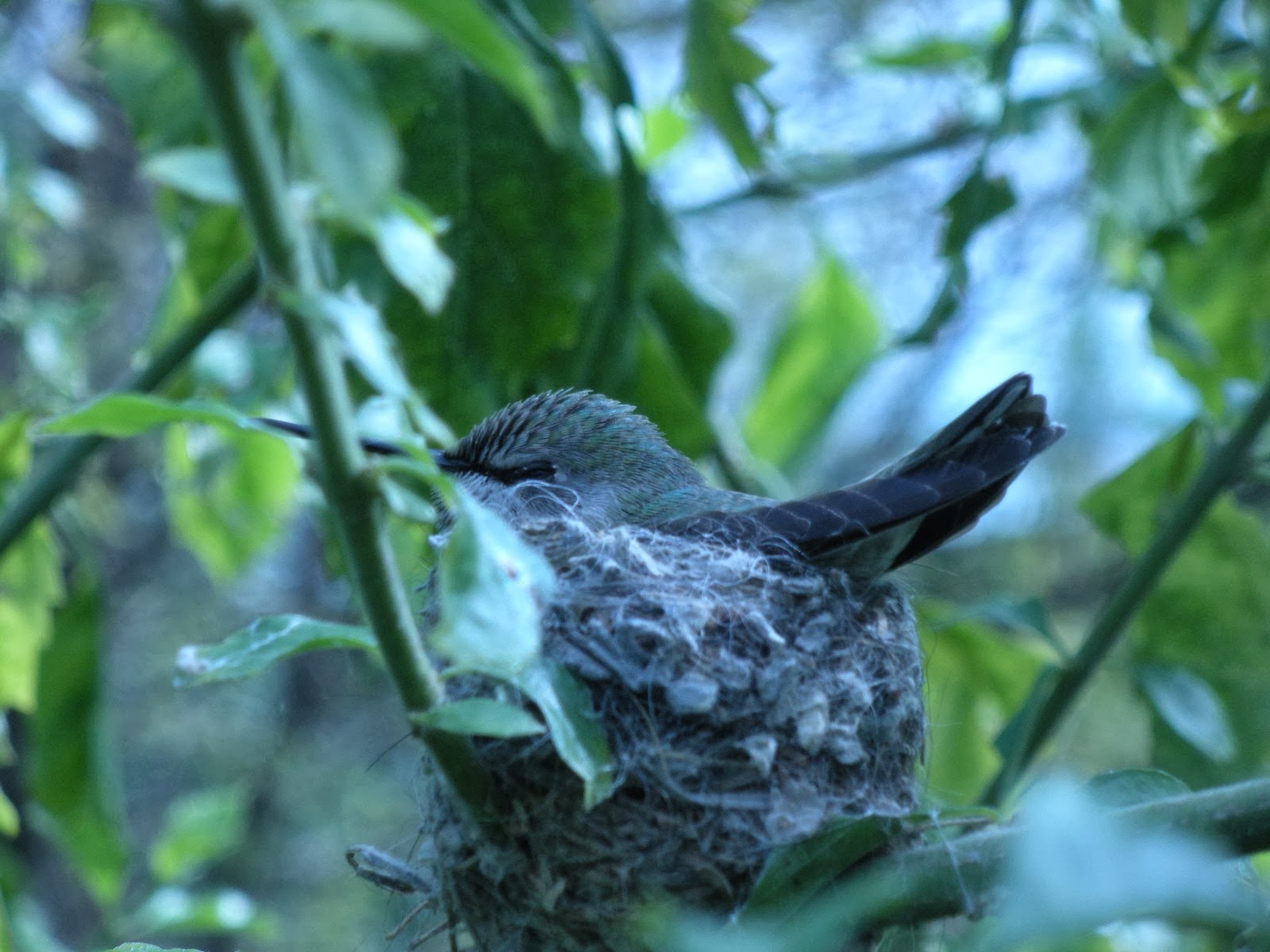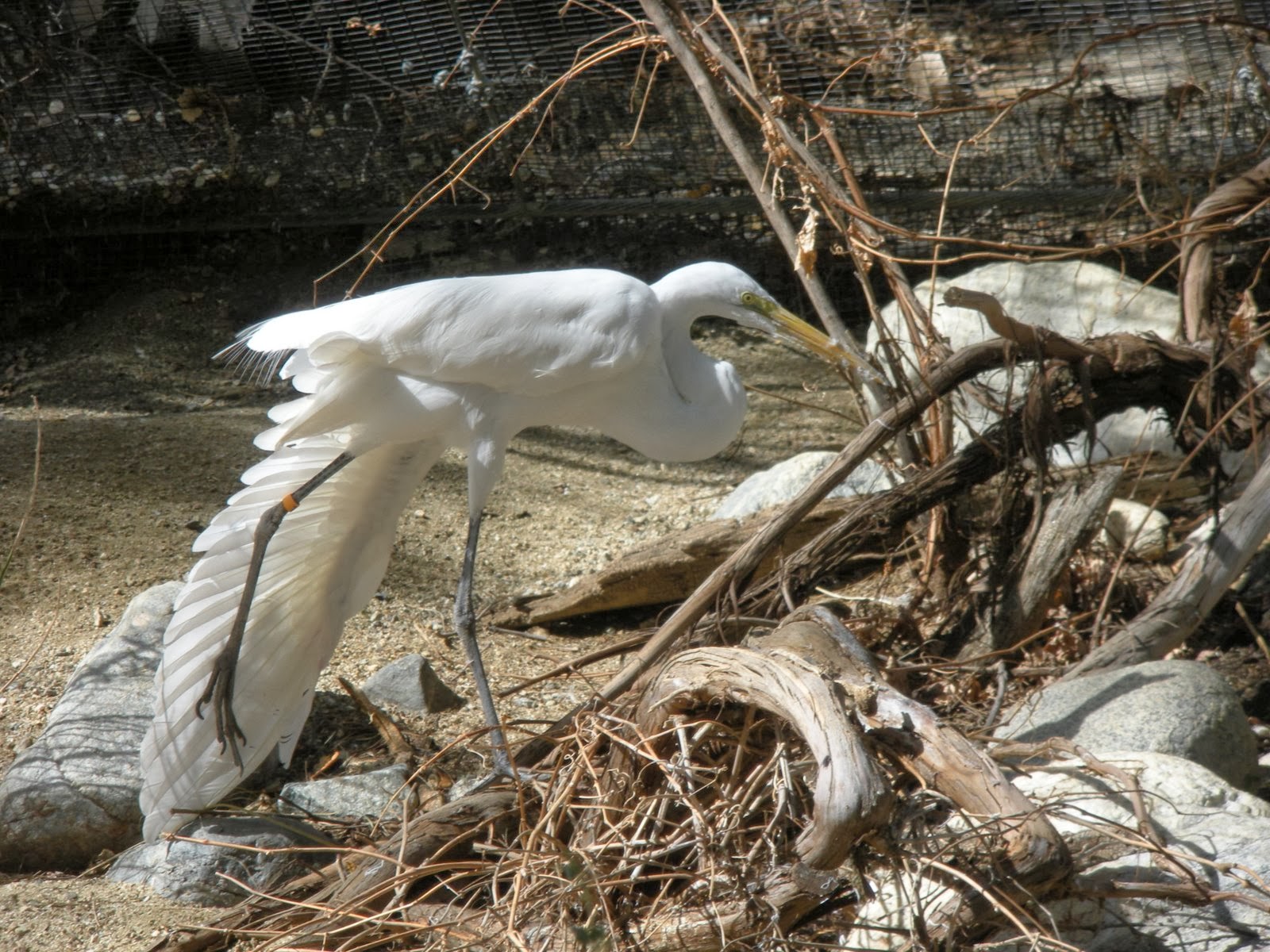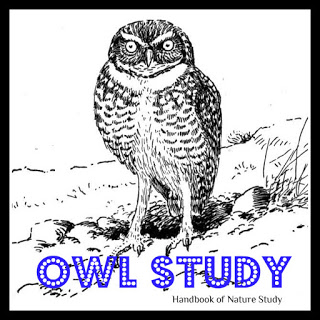Spring is a time for the birds. They seem to be everywhere and always making beautiful songs or calls to get each other’s attention. We have been keen to look out for new birds but the birds that came along this week were totally unexpected.
First, there was this Anna’s Hummingbird along our walking trail….he was giving his little squeaky sound which caught our attention. (If you click the link, there is a button to listen to what he sounds like.) I’m surprised that we were able to snap a good image of him before he sped off up the hill. I love that it is getting closer to hummingbird time in our yard….time to clean up the old feeder and get it hung on its hook.
Here is another bird that we heard before we saw him in our front yard. This Common Raven was up atop the utility pole across the street making a terrible racket. HERE is what he sounds like. There is a distinct difference between the sound of a crow and that of a raven. We have never had a raven here before at the house but I have seen them just up the road a bit so perhaps he was just passing through. (Sorry for the blurry photo but he didn’t let me get ready before he flew away.)
The mourning doves have made themselves a common visitor to the frontyard feeder. They show up in a pair and strut around under the feeder to clean up after the sparrows who spill seed. The doves took a break on the new retaining wall, perhaps they felt at home with the metal quail sculptures there along the edge. It was worthy of a photo.
Here is a close up of one of the doves in my front yard under the feeding station. They are typically found scratching around the base looking for a little nibble. The sound they make as they fly away is like a whirring, you can hear it on the Cornell page. (Scroll down and listen to the “wing whistle” clip.)
This one is hard to see but it is a Swainson’s hawk that is tormenting the birds in my yard. It has been here every day and is getting bolder and bolder. Mr. A saw him swoop down and get a sparrow and fly away. I have seen him making a move to the birds in the feeder and he actually perched on top of the feeding station one time. Today he landed on the ground near the feeder and looked right at me. Although I really think he is a beautiful, fascinating creature….I wish he would eat his lunch somewhere else.
“Their eyes are remarkably keen; they can see a moving creature from a great height, and can suddenly drop upon it like a thunderbolt out of a clear sky. Their wonderful eyes are far-sighted when they are circling in the sky, but as they drop, the focus of the eyes changes automatically with great rapidity, so that by the time they reach the earth they are nearsighted, a feat quite impoissible for our eyes unless aided by glassses or telescope.” Handbook of Nature Study, page 108 (section on hawks)
We had robins and cedar waxwings pass through again which is always interesting. There was also a honking V of Canada Geese that flew overhead this morning. So ends our bird week in review….
What have you seen this week? Leave me a comment with your most interesting bird observation this week. I love to learn about new birds.












